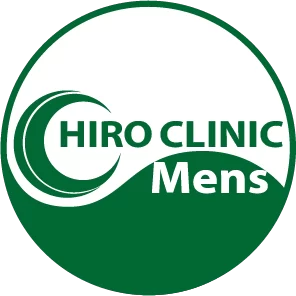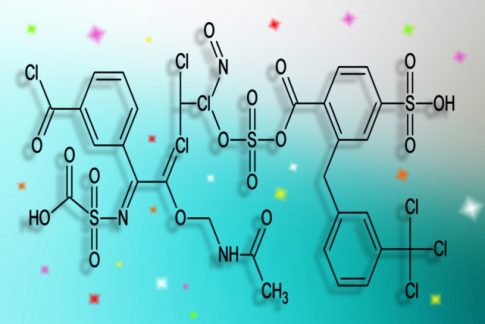Androgenetic alopecia (AGA) is a serious problem for many men. In recent years, research on AGA treatment has progressed, and new treatments and approaches have been developed. This article provides a detailed explanation of the latest research results and future prospects for AGA treatment.
Latest research results
1. Development of new oral drugs
1.1 Evolution of dutasteride
Dutasteride (Zagalo) is an oral drug that suppresses the production of DHT (dihydrotestosterone) more strongly than finasteride. Recent studies have shown that dutasteride is more effective than finasteride.
Research results:
A 2019 randomized controlled trial reported that dutasteride was significantly more effective than finasteride in hair regrowth.
1.2 Development of new DHT inhibitors
Currently, new DHT inhibitors are being developed to replace dutasteride and finasteride. These drugs are developed to be more effective and have fewer side effects.
Research results:
Several compounds are in clinical trials as potential new DHT inhibitors. Early trials suggest these drugs may be more effective than current drugs.
2. Evolution of topical drugs
2.1 Research on high concentration minoxidil
Minoxidil is a widely used topical drug. Recent studies have shown that higher concentrations of minoxidil are more effective than traditional concentrations.
Research results:
A 2020 study reported that 10% minoxidil was more effective than 5% minoxidil. However, it should be used with caution as it also increases the risk of side effects.
2.2 Search for new ingredients
Research into new ingredients to replace minoxidil is also progressing. These new ingredients aim to be more effective and have fewer side effects than minoxidil.
Research results:
Recent research has focused on new ingredients such as Capixyl and Procapil. Early clinical trials suggest these ingredients have comparable efficacy to minoxidil.

3. Progress in regenerative medicine
3.1 Development of PRP therapy
Platelet-rich plasma (PRP) therapy is a treatment in which platelets extracted from the patient’s own blood are injected into the scalp to promote hair regeneration. Recent research is confirming the effectiveness of PRP therapy.
Research results:
A 2021 meta-analysis reported that PRP therapy significantly improves hair density and thickness in AGA patients.
3.2 Possibilities of stem cell therapy
Stem cell therapy is attracting attention as a part of regenerative medicine. It is hoped that using stem cells to regenerate hair follicles will make it possible to treat AGA.
Research results:
Early clinical trials of stem cell therapy have shown successful regeneration of hair follicles and hair growth. If further research proves its effectiveness, it could become a breakthrough treatment.
4. Low-power laser therapy (LLLT)
Low-power laser therapy is a treatment that uses a low-power laser to irradiate the scalp to stimulate the hair follicles. Recent studies have confirmed the effectiveness of LLLT.
Research results:
A 2020 randomized controlled trial reported that LLLT significantly improved hair density and thickness in AGA patients.
Future prospects
1. Progress in personalized treatment
In the future, it is expected that personalized treatment will progress based on each patient’s genetic background and lifestyle. This will likely lead to more effective treatments.
Outlook:
Approaches to selecting the most appropriate treatment for patients are being researched based on genetic and hormonal testing.
2. Development of new treatments
New treatments such as regenerative medicine and gene therapy are being developed. If these treatments become practical, the options for AGA treatment will expand significantly.
Outlook:
Research is underway into hair follicle regeneration through gene therapy and the creation of artificial hair follicles using 3D printing technology.
3. Optimization of combination therapy
It is expected that optimization of combination treatments such as oral drugs, topical drugs, laser therapy, and PRP therapy will progress. This will allow you to maximize the synergistic effects of each treatment.
Outlook:
Clinical trials are underway to maximize the effectiveness of combination treatments. By clarifying the optimal combination and timing of use of each treatment method, more effective treatment becomes possible.
4. Evolution of non-invasive treatments
It is expected that the burden on patients will be reduced by the evolution of non-invasive treatment methods that do not rely on invasive surgery.
Outlook:
Further development of non-invasive treatments such as low-power laser therapy and ultrasound therapy will expand AGA treatment options.
In conclusion
A variety of approaches are being studied for AGA treatment, including oral medications, topical medications, and regenerative medicine. The latest research results have led to the development of new treatments and approaches, and the future outlook is very bright. AGA treatment will continue to evolve with the advancement of personalized treatment, the development of new treatments, and the optimization of combination treatments. It is hoped that research will continue in the future in order to provide the optimal treatment for each patient.
AGA treatment at Hiro Clinic
AGA (Androgenetic Alopecia) is a disease called male pattern baldness, which progresses if left untreated, so early treatment is necessary. The causes of AGA vary depending on the individual, but it is not a disease that cannot be treated. Hiro Clinic uses cutting-edge regenerative medicine technology to treat AGA. Our specialized doctors will suggest appropriate treatment methods tailored to each individual and will do their best to support your concerns.










